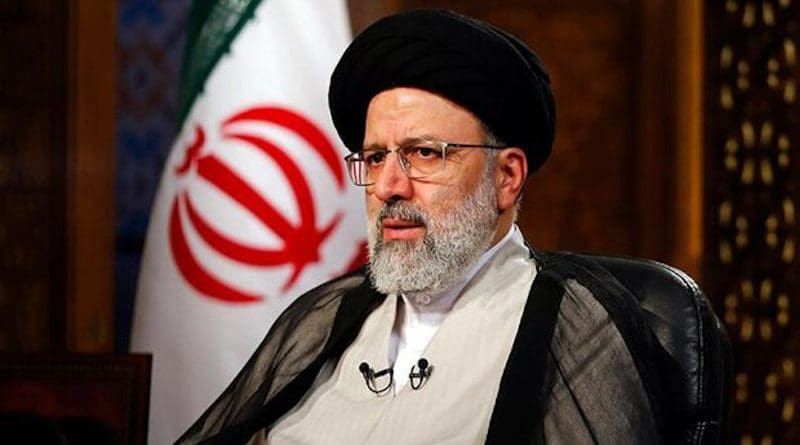Survivors Of 1988 Massacre Speak Out About Their Suffering At Hands Of Iranian Regime – OpEd
By Hamid Enayat
Monday afternoon, August 23, 2021, on the 33rd anniversary of the 1988 massacre of political prisoners in Iran, Iranians, and supporters of the MEK held a rally in Stockholm.
Iranians demanded that the leaders of the mullahs’ regime be tried for genocide and crimes against humanity.
Recently inaugurated president Ebrahim Raisi was a prosecutor who sentenced people to death, according to eyewitness accounts. During the 1988 executions, he was only 21 years old.
Raisi became a key role in the “death commission” that oversaw the execution of 30,000 political prisoners, the majority of whom were members of the People’s Mujahedin of Iran (PMOI / MEK Iran), in the summer of 1988.
Members of the National Council of Resistance of Iran (NCRI) have now described the atrocities they suffered at the hands of Raisi.
“I was arrested in Tehran in early 1982, along with MEK supporter Mohsen. Mohsen was martyred under torture because he always defended the aspirations of the MEK… I then had my interrogation continued in solitary confinement in Gohardasht. After spending a year and a half there, many prisoners were executed. I was sentenced to 15 years.” Asghar Mehdizadeh explained.
“One day, Davood Lashkari, Faraj, and Hamid Nouri, who were all armed, gathered us and said ‘you who say that you are from MEK and do your mass prayers along with other things, whenever Khomeini issues his orders, we will line you along the wall and shoot you’.” He said.
Hamid Noury was involved in the killings while working as an assistant to the deputy prosecutor in Karaj’s Gohardasht Prison. He was in charge of the assassination of a large number of persons. He is now facing trial in Stockholm, Sweden’s capital as a perpetrator of the 1988 massacre.
“The executions had already started. Until the evening of the same day, we saw about 20 prisoners, some of whom we knew… In the evening, they brought an Ambulance and loaded the corpses, and drove away.” Mr. Mehdizadeh added.
Mehdizadeh went on to explain the horrors lived by the prisoners that were convicted for being supporters of the MEK.
“I saw 12 people got up and left while chanting slogans such as Long live MEK… The guard shouted at them, saying that you are also overtaking each other for being executed. One of from the behind row replied: Yes, we do. Do you want to know why we overtake? The guard said, ‘Yes,’ he said so long as you are not in our position, due to the fact that you are a guard corps member and we are MEK, you will never ever comprehend it anyhow’.” Mehdizadeh explained.
“On this day I was witnessing new phenomena where all the MEK were standing tall and defending their ideals. Death was nothing to them… then the guard who had brought me called me and took me into the death hall.” Mehdizadeh Continued.
“I did peep from my blindfold and saw many corpses in front of a stage there. I was kept some distance away from the stage, then uncovered my blindfold. I fainted. I said to myself, God, what is going on here? I saw that 12 MEK each were standing on a chair with a rope around their necks,” Mehdizadeh Continued.
Like Mehdizadeh, many of the remaining legitimate plaintiffs in the case have testified via video link from Ashraf 3, the Albanian headquarters of over 2,500 MEK sympathizers, as well as other nations around the world. The plaintiffs are largely ex-prisoners who witnessed the regime’s atrocities across Iran’s death corridors during the 1988 massacre.
The Regime’s role in the killing of thousands of political prisoners, including teenagers and even pregnant women, will be exposed to the world’s press during his trial in Sweden.

